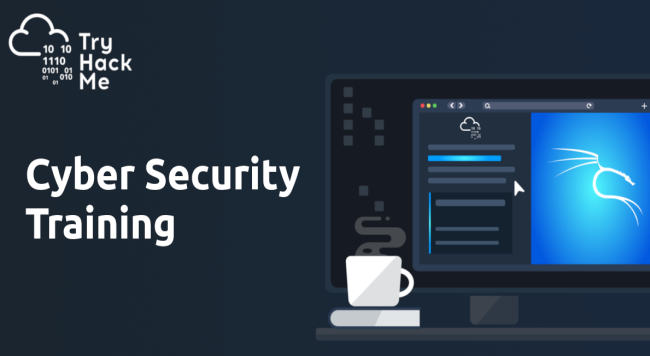HowTo Was machen wenn pc angegriffen / gehackt wird?
Viele Computer-Benutzer sind “unschuldigen” Opfer von Internet-und Computer-Vandalismus. Ihr Computer wurde angegriffen oder sogar völlig verletzt und seine völlig offen, einige Hacker auf der anderen Seite der Welt. Oder einige Mitarbeiter oder Freund oder Frau (!!!) installiert hat einige Monitoring-Programm auf, um zu sehen, was die User mit ihr tun, was ihnen leicht zu lesen alle E-Mails, Passwörtern und so weiter. Was auch immer die BeweggrÜnde und Ziele fÜr diese Menschen sind wir nur vorstellen können. Das Problem ist, dass die Menschen, die nicht vertraut sind mit dem Computer und Betriebssysteme sind in der Regel völlig unbekannt, der all dies. Als sie endlich einen Anhaltspunkt haben, die sie nicht wissen, was Sie dagegen tun können. Ich versuche, ein paar Tipps geben, wie man erreichen, in solchen Fällen, in denen Sie glauben, dass Sie sich angegriffen oder gehackt. Wie kannst du wissen? Wie können Sie wissen, dass Sie wurden angegriffen oder Ihr System kompromittiert? Es könnte ja sein, oder es könnte schwierig werden, sehr einfach. Wenn Sie eine Firewall wie ZoneAlarm ist, könnte es sich eingeloggt haben eine verdächtige Setup-Programm versucht, einen Server oder Ihre Antivirus benachrichtigt Sie Über einige Trojaner. Oder Ihre Internet-Verbindung ist gestört oder Ihre Firewall ist wie seine schreienden das Ende der Welt, und Sie werden unter DoS-Attacke?




